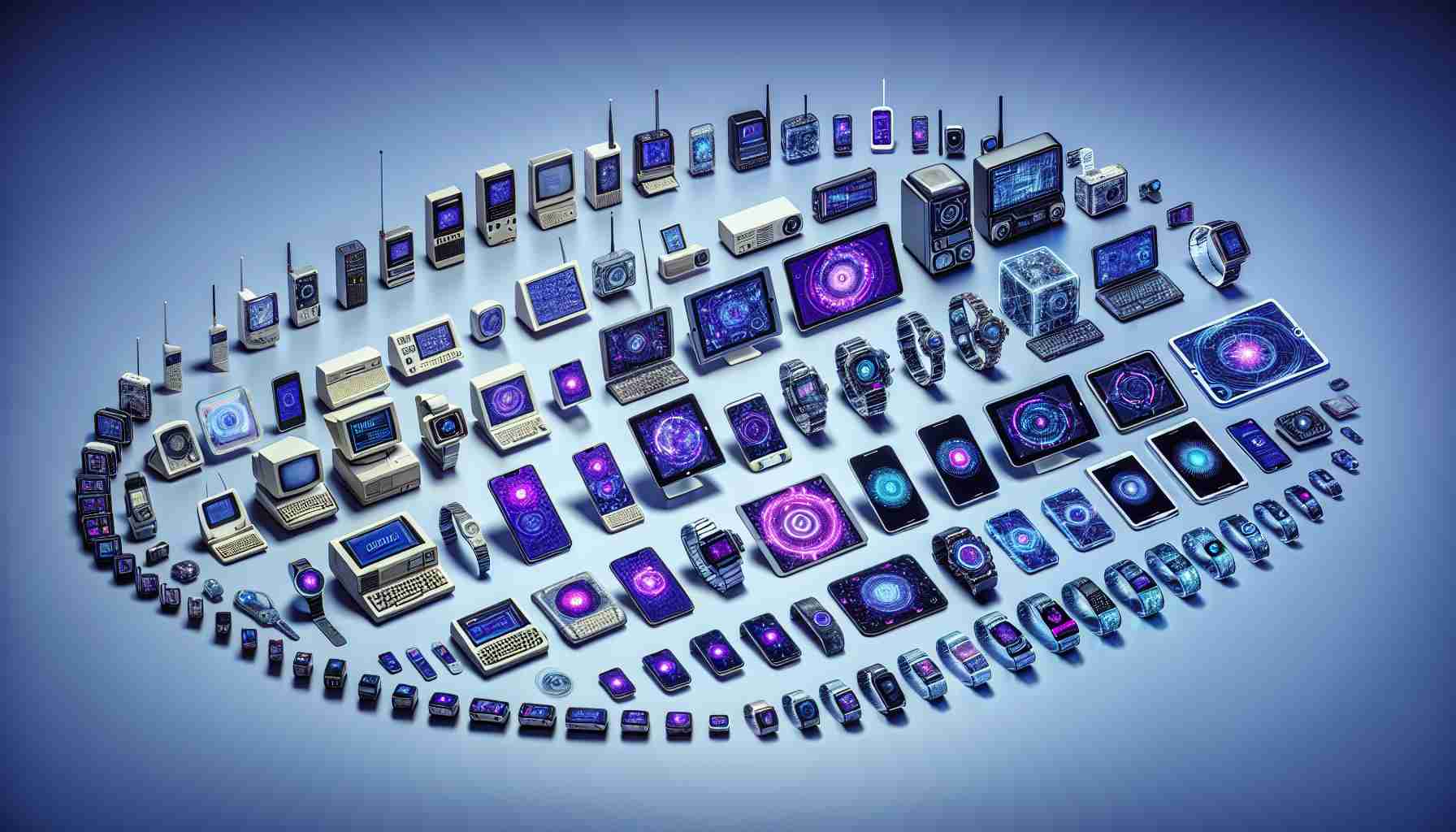The emergence of personal devices specifically crafted to unlock the full potential of generative AI is gaining momentum in the tech community. A recent report by LG Business Solutions Institute has shed light on the current landscape and the exciting future of personal devices.
Even with its many benefits, the smartphone falls short in fully capitalizing on the productivity value of generative AI due to its form factor and interface limitations. Therefore, a trend is developing where devices act as extensions of the user, like auxiliary ears for sensing or as separate entities for tasks—maximizing efficiency and production.
The tech industry is buzzing with innovation to overcome the inherent weaknesses of smartphones. Limitless AI, backed by noted investor Andreessen Horowitz, released a pendant-like device that enhances smartphones and PCs, archiving and analyzing conversations for personalized services. Similarly, startup Tab is unveiling an AI pendant that records everyday user interactions.
Humane, founded by former Apple employees, introduced the ‘AI Pin’, a brooch-style device operating independently of smartphones. It specializes in sensing both audio and visual information around the user. While normally disabled for privacy concerns, it activates on-demand to serve as a personal assistant powered by generative AI, translating languages and providing nutritional information on identified foods.
Rabbit took a leap forward, integrating AI’s ‘eyes, ears, and hands’ into devices, pioneering Large Action Models (LAM) for automated task execution via voice commands, minimizing the need for conventional smartphone GUI interactions.
The report highlights the potential for groundbreaking changes in the personal device market. With different device shapes tailored to common tasks and a shift in the value chain that could see sensor technologies like sophisticated always-on microphones and cameras take prominence, along with significant cybersecurity advances.
In a future where humanoid robots and smart home AI agents become prevalent, tech providers with expertise in manipulator mechanics may rise in the device market, LG Business Solutions researcher Yoo Ji-ho projects. These advancements are set to redefine our interaction with technology and expand the horizon of personal devices.
Important Questions and Answers:
– Q: What are generative AI technologies and how do they enhance personal devices?
A: Generative AI technologies refer to artificial intelligence systems that can generate novel content and solutions, typically through machine learning models like deep learning. They can greatly enhance personal devices by offering advanced features such as language translation, personalized recommendations, real-time analytics, and predictive text, among others, leading to more intuitive and efficient user experiences.
– Q: What challenges are associated with incorporating generative AI into personal devices?
A: Challenges include ensuring user privacy and data security, managing the increased power consumption of AI processes, overcoming limitations in processing power of personal devices, and addressing the potential loss of jobs due to automation capabilities.
– Q: What controversies may arise with generative AI in personal devices?
A: There could be ethical debates over the use of AI in monitoring and potentially manipulating user behavior, the propagation of deepfakes, or the misuse of automated systems for cyberattacks. There’s also the broader societal impact tied to surveillance and data ownership concerns.
Key Advantages and Disadvantages:
– Advantages:
– Increased personalization of services and user experience.
– Greater productivity through automation of mundane tasks.
– Enhanced access to information and assistance in real-time.
– Continuous learning and adaptation to user behaviors and preferences.
– Disadvantages:
– Potential invasion of privacy due to always-on listening devices.
– Risks associated with data security and potential breaches.
– Dependence on devices could lead to a decrease in human interaction skills.
– Battery life limitations may become more acute with the power needs of AI processes.
Related Links:
For more information on the latest AI technologies and their impact on society, readers might consider visiting the following links:
– LG, a company actively exploring AI in their products.
– Andreessen Horowitz, the investment firm backing several AI initiatives.
– Apple, known for integrating AI into their consumer products.
In the generative AI era, the evolution of personal devices is not only about producing new physical forms but also about refining the underlying technologies that empower these devices. As the landscape continues to evolve, the implications for privacy, security, and social interaction will become key considerations for consumers and developers alike.
